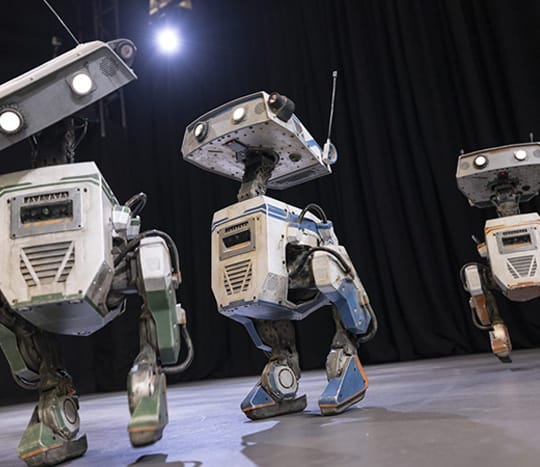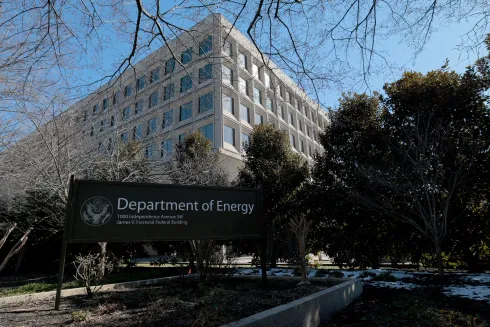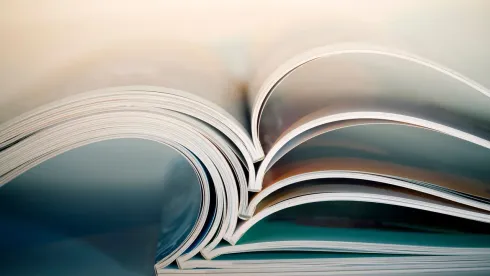
By Ethan Eng
On March 18th Nvidia, Disney Research, and Google DeepMind announced a collaborative development of Newton, an open-source physics engine that powers Disney’s new BDX droid.
Nvidia CEO Jensen Huang introduced the world to Blue, a Star Wars-inspired BDX droid, live on stage, describing the robot as “a glimpse into the future of AI-powered characters.”
The announcement, made during Nvidia’s GTC 2025 keynote, marked a significant leap in the intersection of artificial intelligence, robotics, and entertainment. “It’s a great joy to see Google and Nvidia researchers and engineers collaborate to solve incredible challenges, from drug discovery to robotics,” Huang said, emphasizing the depth of the partnership.
Disney Imagineering Senior Vice President Kyle Laughlin highlighted the transformative potential of the collaboration.
“The BDX droids are just the beginning,” Laughlin said. “We're committed to bringing more characters to life in ways the world hasn't seen before, and this collaboration with Disney Research, Nvidia and Google DeepMind is a key part of that vision.”
Laughlin continues to describe the impact of this project.
“This collaboration will allow us to create a new generation of robotic characters that are more expressive and engaging than ever before—an experience that will delight our guests and push the boundaries of what’s possible in themed entertainment.”
Newton, the new physics engine, is designed to simulate real-world robotic movement with unprecedented realism. According to Nvidia, “Newton should help robots become more expressive and learn how to handle complex tasks with greater precision.”
They also claim that developers will be able to use Newton to program robotic interactions with a variety of materials, from food and cloth to sand and other deformable objects, enabling robots to “move and react more naturally”.
Disney will be the first company to deploy Newton, powering next-generation entertainment robots across its theme parks worldwide.
“Working with Nvidia and Google DeepMind will drive the future of interactive entertainment robots,” Laughlin added. “The goal is to create robots that can engage with guests, adapt to their environment, and bring beloved characters to life like never before.”
Newton will also integrate with Google DeepMind’s MuJoCo, a leading physics engine for multi-joint robotic movement, providing developers with a comprehensive toolkit for robotic simulation. Nvidia says the early open-source version of Newton will be released later in 2025, opening up “a new era of collaboration and innovation for robotics developers everywhere.”
“AI is now infrastructure, and this infrastructure, just like the internet, just like electricity, needs factories,” Huang told the audience. “These AI data centers, if you will, are improperly described. They are, in fact, AI factories. You apply energy to it, and it produces something incredibly valuable”.
The partnership between Nvidia, Disney, and Google DeepMind signals a new chapter for robotics, blending cutting-edge AI with the magic of storytelling.
As Laughlin put it, “We’re only beginning to see what’s possible when you combine the world’s most advanced technologies with the world’s most beloved stories”.



